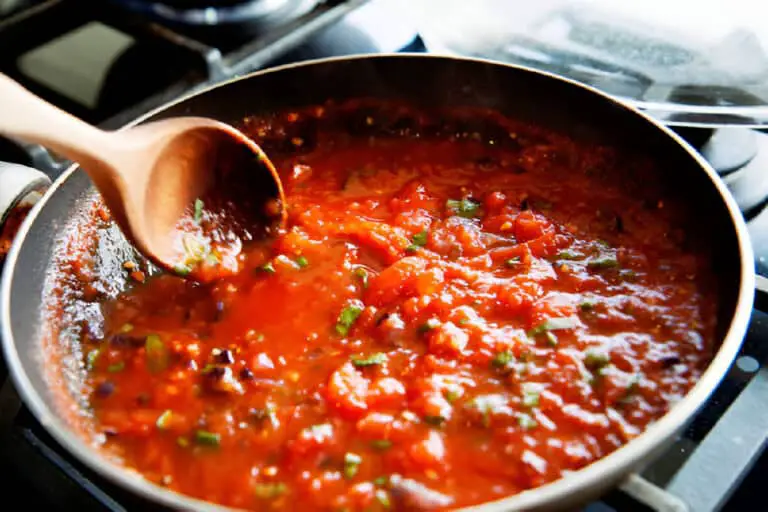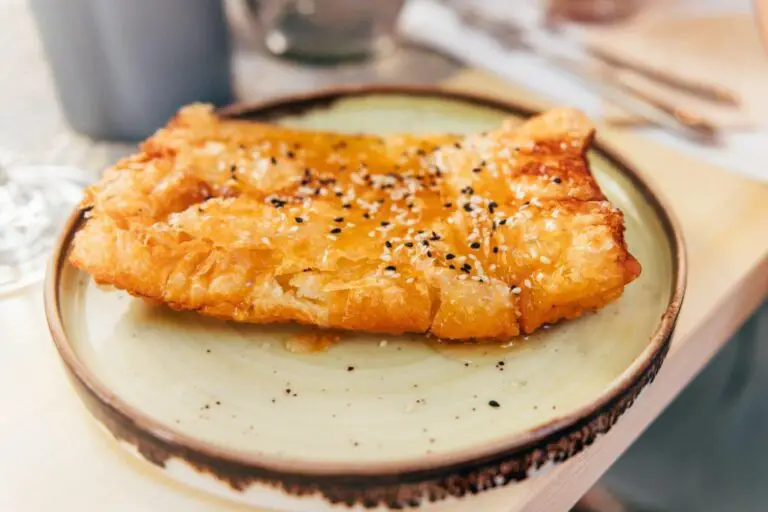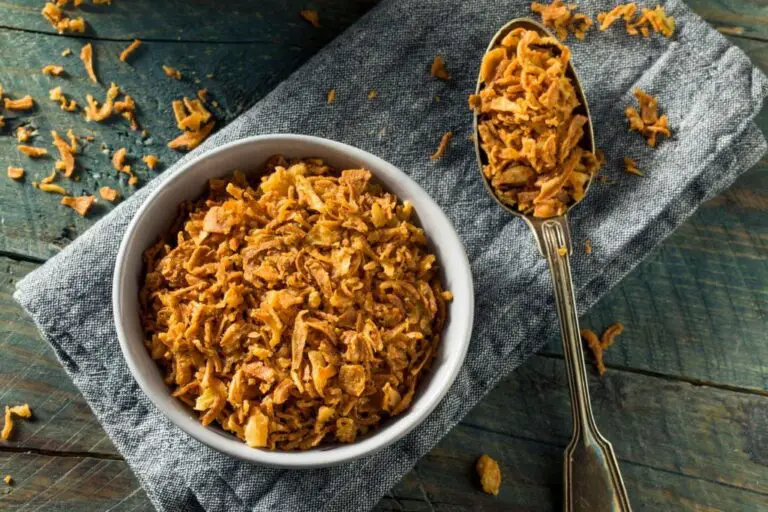How to Safely Reheat Venison Without Drying It Out
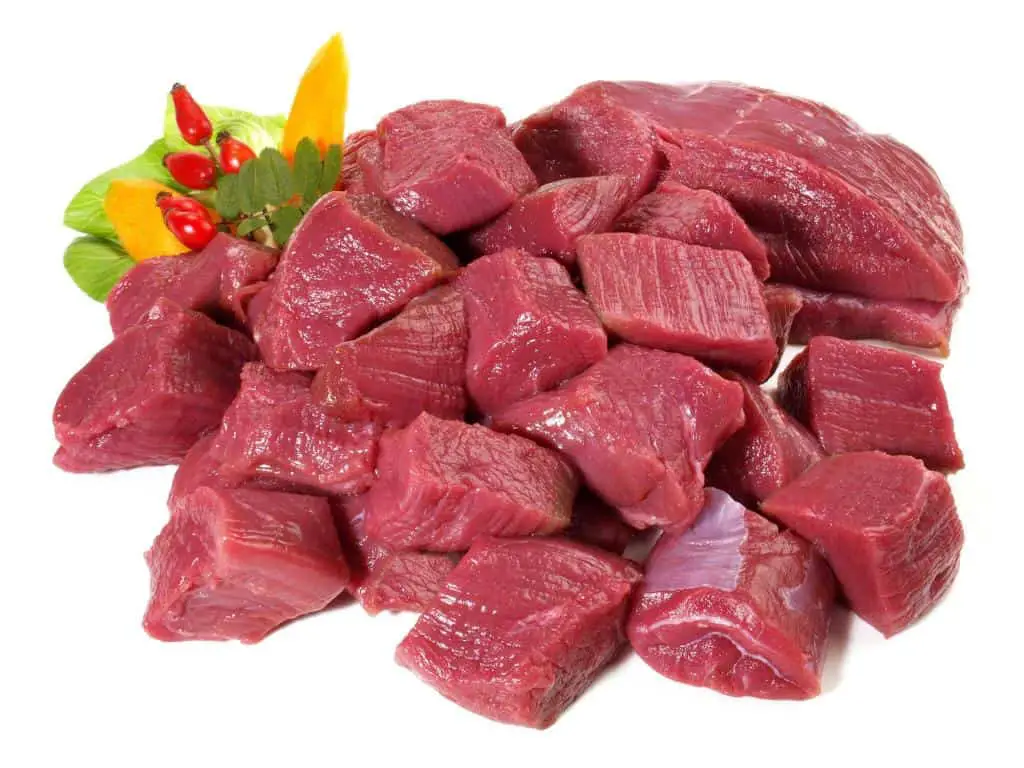
Reheating leftover venison can be a bit of a culinary challenge. Venison is known for its delicate texture and rich flavors. It has the tendency to dry out quickly when reheated incorrectly. But fear not! With the right techniques and methods, you can bring back that tender juiciness and savor every last morsel of your favorite game meat.
We all know the feeling of disappointment when reheating leftovers only to find them dry and unappetizing. That’s why it is crucial to know how to reheat venison well. You must do so without making it tough or losing its delicious flavors from cooking. By employing some simple yet effective methods, you’ll master the art of revitalizing your venison dishes.
So, whether you have just enjoyed a big meal with friends or cooked an extra batch for later, join us. We will look at reheating venison while keeping its taste and texture.
In this article, we will give you practical tips. They will keep each bite moist and succulent. This will make every meal feel like an unforgettable dining experience. And, this is true even if it’s just leftovers!
What is Venison Meat?
Venison, derived from deer meat, offers several advantages compared to other red meats. It is lower in fat and cholesterol, providing a leaner and lighter dining experience with a mild red meat taste. Venison is rich in essential amino acids, including linoleic acid. It’s also high in nutrients like niacin, phosphorus, iron, selenium, and zinc.
These properties make venison beneficial. It’s a good choice for those seeking a healthy protein source, especially those with heart disease. Also, venison is a sustainable resource. Deer live in their natural habitats without chemicals. Waste from consuming venison supports nutrient cycling and soil fertility.
However, you must handle and prepare venison well. This is critical to avoiding foodborne illnesses. Producers must ensure that venison is stored safely. It should be cooked fully and frozen correctly. This is needed to kill parasites and bacteria.
Why You Don’t Want Your Venison Dry
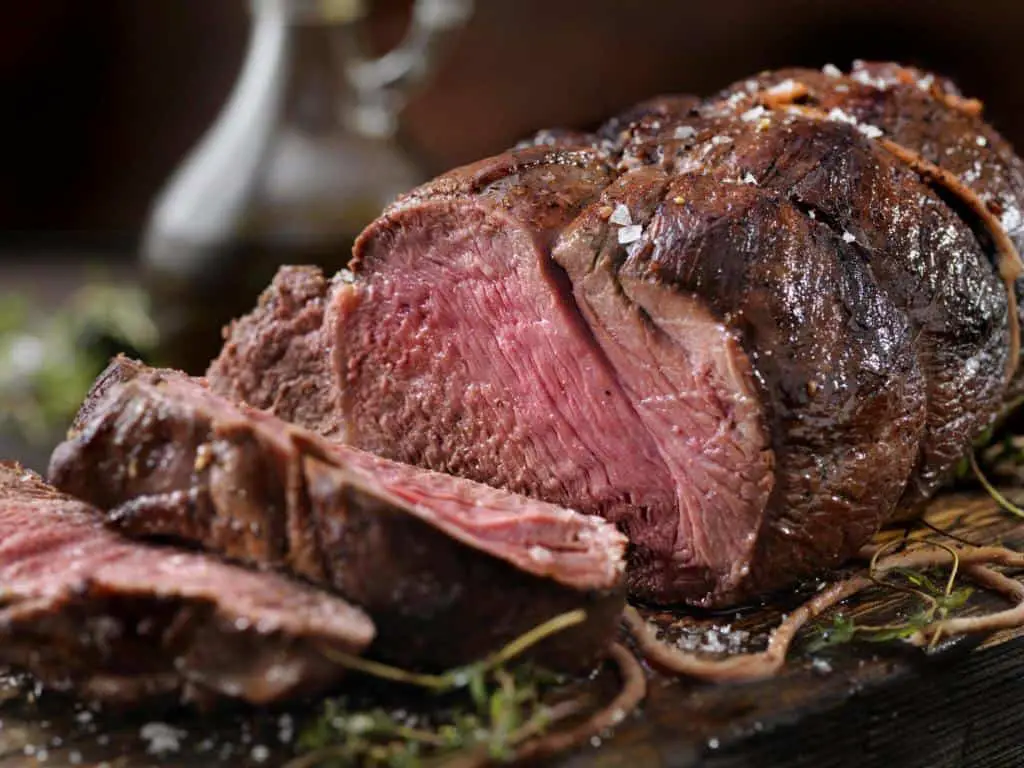
When heating venison, you want to avoid drying it out. Dry-out venison can negatively impact the taste and texture of the meat. Dry venison can be tough, chewy, and lacking in flavor, making it less enjoyable to eat. Also, cooking venison too long can make it lose its juices. This adds to its dryness.
You might be making a steak, stew, or roast. Keeping moisture is key. It ensures a tasty dish that’s sure to impress. Below are some reasons why moisture matters in venison:
- Flavor Preservation: Moisture in venison helps retain its natural flavors, ensuring each bite is succulent and delicious.
- Texture Enhancement: Adequate moisture prevents venison from becoming tough or chewy, maintaining a tender texture that enhances the dining experience.
- Juiciness: Moisture content contributes to the juiciness of venison, making it more satisfying to eat and preventing it from feeling dry or bland.
- Cooking Versatility: Moisture-rich venison is more versatile in cooking methods, allowing for grilling, roasting, or braising without sacrificing tenderness or taste.
Before Reheating Venison: Preparation
One crucial aspect of reheating venison to maintain its tenderness and flavor is starting with high-quality cuts. Choosing the right cut of venison can make all the difference when it comes to ensuring a successful reheating process. Look for fresh, lean cuts that are free from any signs of spoilage or excessive fat. High-quality cuts typically have less connective tissue, resulting in a more tender texture after reheating.
In addition to choosing high-quality cuts, it is essential to properly season the venison before initial cooking. This enhances its flavor during reheating. Everyone has their own preferences for seasonings. But, some popular choices pair well with venison. A classic combination includes salt, pepper, garlic powder, and rosemary or thyme for added herbaceous notes.
Trying different spice blends and marinades can also add exciting flavors to meat. Do this before cooking it. Consider marinating overnight in a mixture of soy sauce, Worcestershire sauce, minced garlic, olive oil, and brown sugar. This blend imparts a pleasant balance of sweet and savory flavors that will only intensify during reheating.
| Related: Quick and Easy Ways to Reheat Siopao Without a Steamer |
Best Methods for Reheating Venison
a) Oven Method
Reheating venison in the oven is one of the most reliable methods to achieve tender results. To begin, preheat your oven to a temperature of 250°F (120°C). This low-and-slow method helps ensure that the meat retains its moisture without drying out.
Next, place your portioned venison on a baking sheet or in an oven-safe dish, making sure to cover it loosely with aluminum foil. The foil acts as a shield against direct heat and prevents excess evaporation.
The timing will vary depending on the size or thickness of your venison cuts. As a general guideline, small cuts like steaks or chops should be heated for around 10–15 minutes. Thicker cuts, like roasts, may require up to 30 minutes or more to warm through properly. Remember not to overcook the meat during reheating, as this can lead to toughness or dryness.
b) Stovetop Method
If you prefer quicker options,. You can reheat venison on the stovetop. It can deliver excellent results with little effort. Start by selecting a skillet or pan large enough to accommodate your portions comfortably without overcrowding them. To maintain gentle heat throughout the process and prevent cooking unevenly or overcooking, set your burner knob between low and medium-low heat.
To start reheating, add some oil or butter to the pan and allow it to melt before carefully placing each piece of venison into it. Cook undisturbed for about 3-5 minutes per side until heated all the way through, flipping once halfway through if desired. The exact timing will depend on individual preferences regarding doneness level as well as cut thickness, but generally it should take no longer than seven minutes total.
c) Sous Vide Technique (optional but recommended)
It is best for those who want to control the temperature and keep food moist when reheating. Sous vide with a water bath is very effective. This method minimizes the risk of overcooking or drying out and is particularly convenient when reheating larger cuts, like roasts.
The sous vide method involves sealing the venison in an airtight bag. Then, you put it into a water bath set to 130°F (54°C) for medium-rare. Use this gentle heat. It is precise. With it, you can trust that your reheated venison will stay tender and juicy. Sous vide also offers flexible timing. You can leave the meat in the water bath indefinitely without overcooking.
Avoiding Dryness during Reheating Process
One of the biggest challenges when reheating venison is preventing it from drying out. Nobody wants to bite into a dry and tough piece of meat, especially after putting in all that effort to cook it perfectly in the first place. Fortunately, there are some strategies you can use to ensure that your reheated venison remains moist and succulent.
Firstly, consider using moist heat sources when reheating your venison. This means choosing methods such as steaming or braising rather than dry heat methods like grilling or broiling.
Braising involves simmering food in liquid over low heat for an extended period of time as opposed to steaming, which uses the steam produced when water is boiling. Both of these methods provide moisture during the reheating process, helping to maintain the tenderness and juiciness of the meat.
In addition to using moist heat sources, another way to prevent dryness is by adding liquids during the reheating process. You can pour a small amount of broth or stock over the venison before placing it back in the oven or on the stovetop. This will not only add flavor but also help keep the meat moist as it heats up again.
Avoiding Overcooking when Heating Leftover Cooked Venison
When it comes to reheating leftover cooked venison, one of the biggest concerns is overcooking. We’ve all experienced the disappointment of biting into a dry and tough piece of meat that was once juicy and tender. But fear not, there are simple time and temperature recommendations that can help you avoid this culinary nightmare.
Firstly, let’s talk about time. It’s important not to leave your venison in the oven or on the stovetop for too long, as it can continue cooking and result in an undesirable texture. To prevent this, aim for a shorter heating time than what you would normally use for cooking fresh venison. A general rule of thumb is to heat your leftovers only until they reach an internal temperature of 140°F (60°C). This will ensure that your meat is heated through without risking excessive cooking.
Now let’s move on to temperature. When reheating leftover cooked venison, gentle heat is key. Avoid using high temperatures, as they can quickly strip away any moisture left in the meat, leaving it dry and chewy. Instead, opt for low-to-medium heat settings on both your oven and stovetop methods. This slower heating process allows for more even heat in the meat. It does this without cooking it more.
Serving and Enjoying Reheated Venison: Perfect Complements for a Delicious Meal
When it comes to serving reheated venison, choosing the right accompaniments and sides can make all the difference. Enhancing the flavors of this succulent meat with complementary dishes can elevate your meal from great to extraordinary. So, what are some suggestions for sides that will beautifully complement reheated venison while adding that extra touch of indulgence?
One classic pairing that never fails is creamy mashed potatoes. The buttery richness and velvety texture of mashed potatoes provide a perfect contrast to the lean, tender nature of venison. For an even more decadent twist, consider adding roasted garlic or grated Parmesan cheese to your mash.
Another excellent choice is a simple green salad with a light vinaigrette dressing. The fresh crunch of greens and tangy dressing is delightful. It provides a burst of brightness. It cuts through the rich flavors of reheated venison.
If you’re looking for something heartier, why not opt for oven-roasted vegetables? Roasting brings out their natural sweetness. It also caramelizes them a bit. This results in savory side dishes like roasted carrots or asparagus. They are drizzled with olive oil and sprinkled with sea salt.
Conclusion
In conclusion, reheating venison without drying it out doesn’t have to be a daunting task. This article discusses methods and tips. By using them, you can confidently restore the tender texture and flavorful taste of your leftover venison.
Firstly, remember to always use low heat when reheating venison to avoid any further cooking that could toughen the meat. Whether you choose to use an oven or stovetop method, ensure that the temperature is kept at a gentle level.
Secondly, marinating your venison before reheating can greatly enhance its moisture retention and overall flavor. Consider using a mixture of acidic ingredients like vinegar or citrus juice combined with herbs and spices to create a delicious marinade.
Finally, one of the most important factors in preventing dryness when reheating venison is sealing it well. Wrap the meat tightly in foil or place it in an airtight container before placing it in the oven or on the stove.
With these techniques at your disposal, there’s no reason why you should settle for dried-out leftovers any longer. Give these methods a try and savor every juicy bite of your perfectly reheated veni


